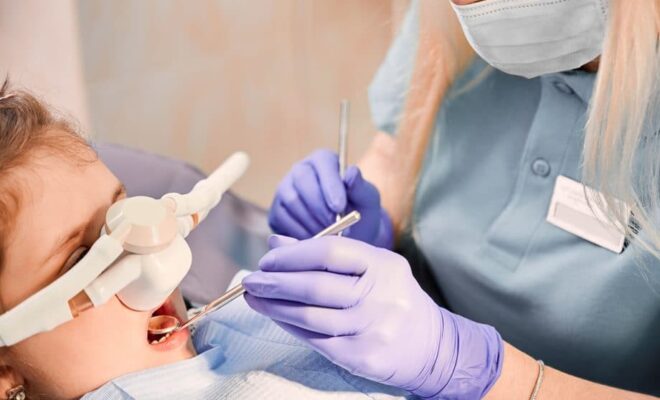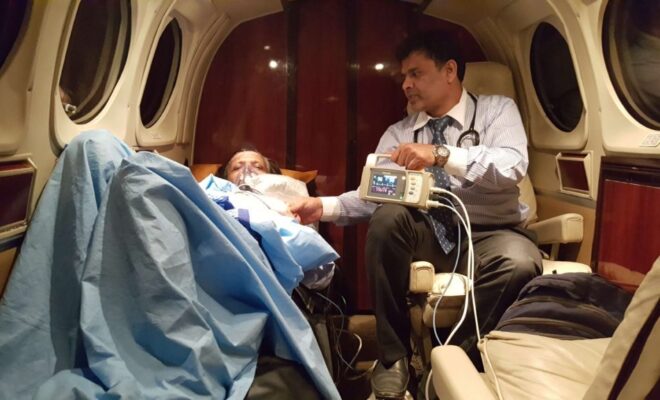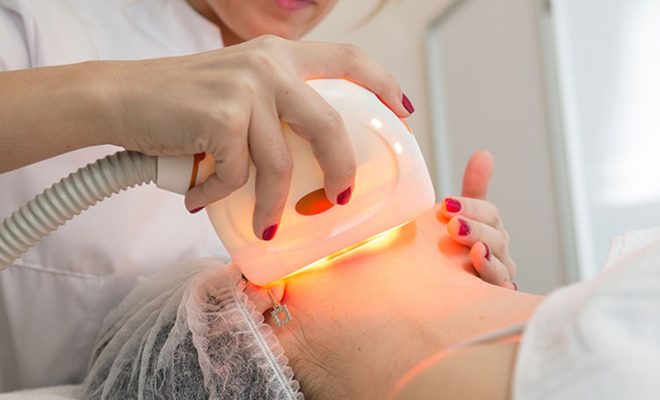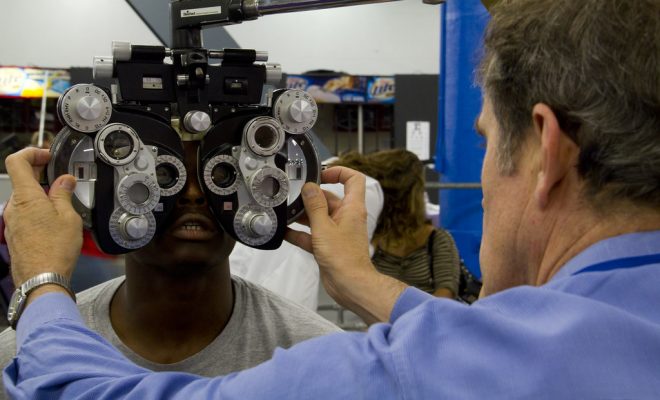Understanding Common Pediatric Dental Procedures

Children often require dental procedures that are different from those for adults. Rough play, eating sweets, and accidents can lead to broken or damaged teeth.
Routine cleanings and exams help catch problems early to prevent long-term or more serious issues. Children may also need braces to treat crooked or crowded teeth, excessive gaps or an over or underbite.
Dental Exams and Cleanings
Children require regular dental exams and cleanings to ensure their oral health. These procedures can prevent many future dental issues that can result in costly treatments.
Dental cleanings involve a hygienist or dentist scraping away the hard plaque that can cause tooth decay and gum disease. They may also apply a sealant to protect children’s teeth from cavities in hard-to-brush areas.
A root canal is a dental procedure performed to save a damaged or infected tooth. If a child has a broken or infected tooth, a root canal can save the tooth and alleviate pain.
A pediatric dentist uses sedation or anesthesia to help children relax during the dental process. They may have a nurse or other staff member assist them in delivering and monitoring anesthesia or sedation, depending on the needs of the patient. They can also perform minor dental surgeries using local anesthesia. Medications used for sedation or anesthesia can include nitrous oxide (laughing gas) and general anesthesia.
Dental Fillings
If a cavity is caught early enough, a pediatric dentist near you can save your child’s natural tooth through a simple dental filling procedure. Your dentist will use a drill to remove the diseased part of the tooth and then fill in the area with white fillings that look natural.
Kids will be kids and sometimes they will bite down on hard foods or suffer light trauma to their teeth. If this damage allows bacteria to reach the soft center of a tooth, or the dental pulp, that can lead to serious and costly complications.
Dental fillings help to prevent cavities and decay by repairing damaged teeth and reducing sensitivity to hot and cold food and drinks. Depending on the type of filling used, your dentist may apply a numbing cream or administer nitrous oxide/laughing gas to keep your child comfortable throughout the procedure. Some types of modern fillings, like glass ionomers, actually release fluoride to strengthen and protect weakened teeth.
Tooth Extractions
Although proactive dental care can significantly reduce the need for tooth extractions, this is sometimes unavoidable. For example, a primary molar may need to be extracted if it won’t loosen to allow the permanent tooth to erupt. Fortunately, this is usually a minor procedure for kids since they are able to get localized numbing.
Pediatric dentists are also able to perform pulp therapy, which involves drilling toward the root of the damaged or infected tooth, removing the infected pulp tissue, sanitizing the tooth, and filling it. This can help prevent more serious tooth damage and the need for a more extensive root canal treatment down the road.
Another important procedure that pediatric dentists regularly perform is dental X-rays. Children’s mouths grow and develop rapidly, making X-rays a necessary tool to identify weaknesses or disease in the teeth, gums, or jaw. This is especially critical for detecting cavities, which can’t always be spotted with just a visual examination.
Dental Crowns
Pediatric crowns are the procedure used to cap off a child’s tooth and protect it from further damage. This is most often needed in cases of severe decay that could not be repaired with a filling. It is also sometimes necessary for a broken tooth or to help prevent a tooth from shedding too early, which can cause other teeth to crowd in and create developmental issues such as malocclusions.
Dental crowns for children differ slightly in material from adult crowns but function the same way. Pediatric dentists use them to repair and restore primary teeth that have a large cavity or cavities, severe decay, broken tooth, and/or fractured tooth.
Tooth decay is a significant problem for children due to a number of factors such as less developed brushing skills, an affinity for sugary foods, and more. Pediatric dental procedures, like dental fillings and pediatric crowns, reduce the risk of tooth decay and improve overall oral health so children are able to develop healthy jaw bones and muscles.







